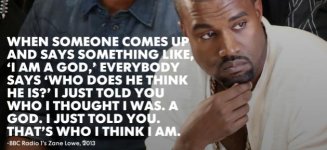Poolplay9, you are extremely wordy sir. I don't think you have any idea what Darren Appleton needs to get better and until you play at his level any advice you can give him is pure speculation not fact, as you seem to imply. I do believe if you tell Darren how to or how not to play pool he would laugh in your face, that is, unless you can play above his level, in which case he might learn something from you.
One of the biggest factors that separates how good people are in most sports including pool is physical skill, which often overcomes superior knowledge. To think that the best performer has all the knowledge or even the most knowledge of any one person is dumb and easily disproved if you just stop and think about it for all of two seconds. To be a professional level player at almost any sport including pool you just have to have a good knowledge coupled with exceptional physical skill.
Tiger Woods doesn't laugh at his coaches who taught and still teach him, yet none were ever near as good as he was. Not even remotely close, but they know a lot more. Tiger just has superior physical skills that far outweigh their knowledge advantage. There are few if any professional football players who are more knowledgeable about the game than their coaches, but chances are the coach was never anywhere close to as good on the field as anyone on his team due to his lack of physical skills. Examples could literally be endless. Guarantee you there are things Darren could learn from me. Also guarantee you there are quite a few people who aren't anywhere close to being at the professional level of play but who are far more knowledgeable about pool than he is--some of whom post on this forum. I can also guarantee you that if he had their knowledge he would be an even better player.

